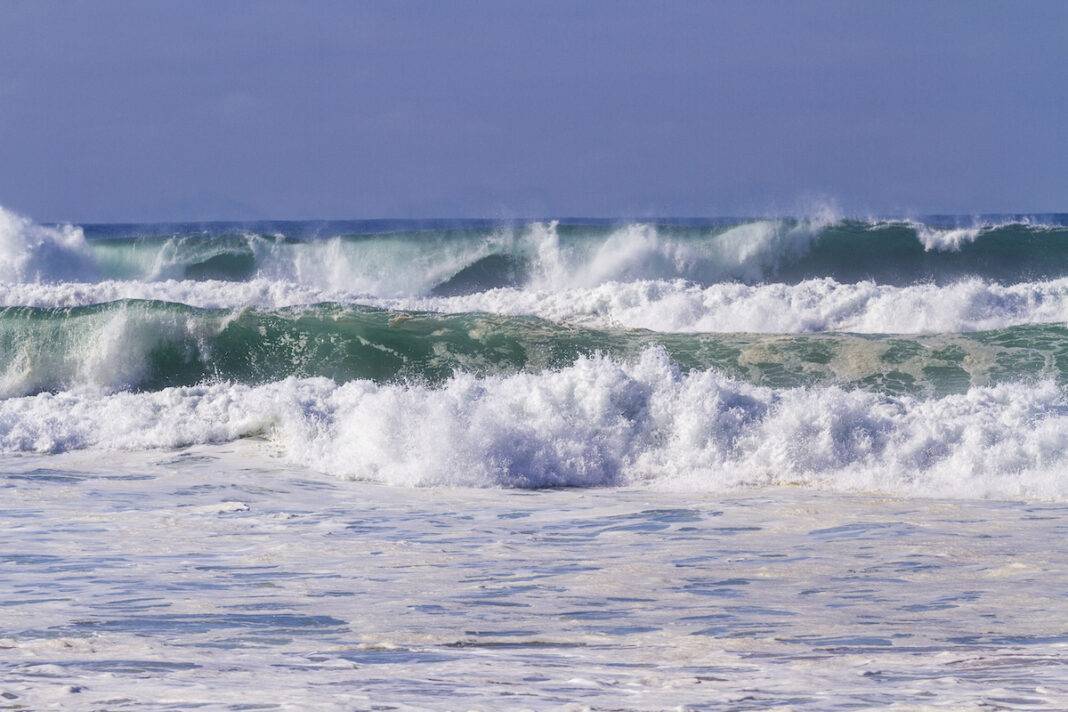Lucky for Bluedot Living, Grist is generously sharing some of its content with us. Grist is a digital newsroom reporting on climate change and mitigation efforts. They’ve been informing us with great reporting and beautiful graphics for going on 20 years now, and we’re happy to partner up with them.
We love their newsletters; Bluedot climate intern Kyra Steck especially liked these recent stories.
Cozy with Cannabis
The secret ingredient in Paris’ green public housing: How cannabis can be part of an affordable housing future — not just one for eco-conscious elites.
Winter in Paris is notoriously clammy, and this winter was no exception. But Gregory Ferembach didn’t need to turn on his heat much. One reason? The walls in his public housing building are lined with one of nature’s best insulation materials: hemp.
“We’re never cold in winter,” Ferembach said in French. “The kids walk around barefoot all the time, or even in their underwear.”
Ferembach says it helps that their apartment is on a middle floor, and their building is sandwiched between two others. But the coziness also owes to the unique material in their walls: “hempcrete,” a concrete-like blend made by mixing hemp hurd — the woody core of the cannabis plant — with water and lime. Despite the name, the material isn’t a direct substitute for concrete. But as an insulating material within walls, it holds the potential to transform the homes where we reside in ways that are healthier for people and the planet alike. Read the rest of Colin Kinniburgh’s story for Grist.
Catch a Wave?
The U.S. is finally looking to unlock the potential of wave energy: After decades of false starts, the federal approval of a new testing site off the coast of Oregon could give wave energy a much-needed jolt.
At first glance, waves have the makings of an ideal renewable energy source. They’re predictable, constant, and tremendously powerful. Their energy potential is astonishing — researchers estimate that waves off the coasts of the U.S. could generate as much as 2.64 trillion kilowatt-hours annually, or the equivalent of 64 percent of the country’s total electricity generation in 2019.
But capturing the immense power radiating across our oceans’ surfaces is no easy feat — wave energy technology is challenging to engineer, startup costs are high, and testing in open ocean waters is a regulatory nightmare. That’s why wave energy’s trajectory has been a stop-and-go affair plagued by false starts for decades. But things may finally be starting to shift for the industry: The federal government recently approved the first full-scale, utility-grid-connected wave energy test site in the U.S. Read the rest of Ysabelle Kempe’s story for Grist.

